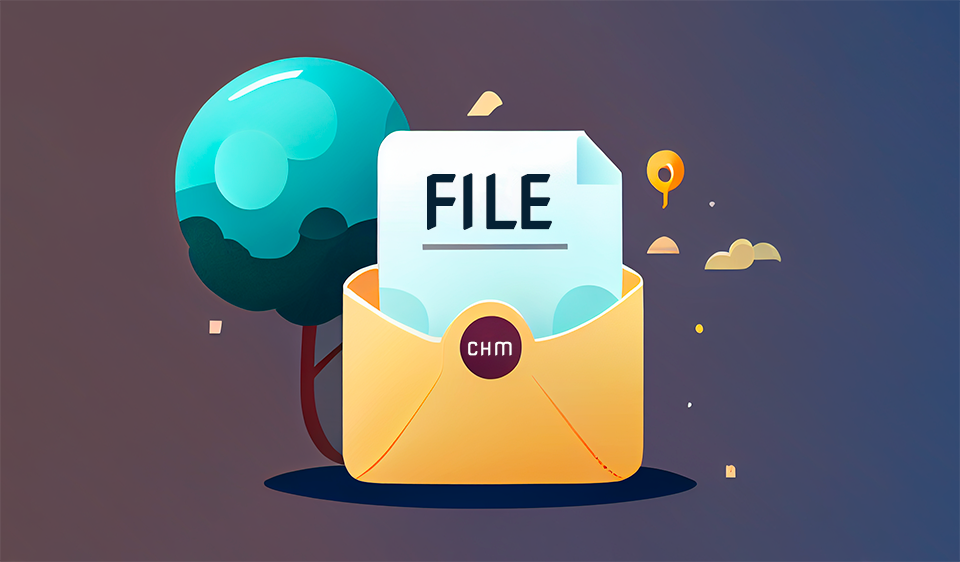What is Compiled HTML (CHM)?
Compiled HTML (CHM) is a file format used for storing and displaying help files on the Windows platform. CHM files are created by compiling HTML, JavaScript, and other web technologies into a single file, which can be easily displayed in a web browser or other CHM viewer. CHM files are typically identified by the .chm file extension.
How does CHM work?
CHM works by compiling HTML, JavaScript, and other web technologies into a single file, along with metadata about each file, such as its name, size, and permissions. The resulting CHM file can be opened and displayed in a web browser or other CHM viewer, allowing users to access the contents of the file as if it were a website. CHM files can also be compressed using algorithms such as LZX or Quantum to reduce their size.
Advantages of CHM
There are several advantages to using CHM for storing and displaying help files:
- CHM allows for the creation of a single file that contains all of the necessary files and resources for displaying a help file, which can be convenient for distributing and accessing help information.
- CHM supports compression, which reduces the size of the help file and makes it faster to transfer over a network.
- CHM is widely supported on the Windows platform, with support for the format built into many software programs and operating systems.
- CHM allows for the use of advanced web technologies, such as JavaScript and Cascading Style Sheets (CSS), to create interactive and visually appealing help files.
Uses of CHM
CHM is primarily used for storing and displaying help files on the Windows platform. It is often used by software developers to create help documentation for their programs and is also commonly used by businesses and organizations to create internal documentation and training materials.
